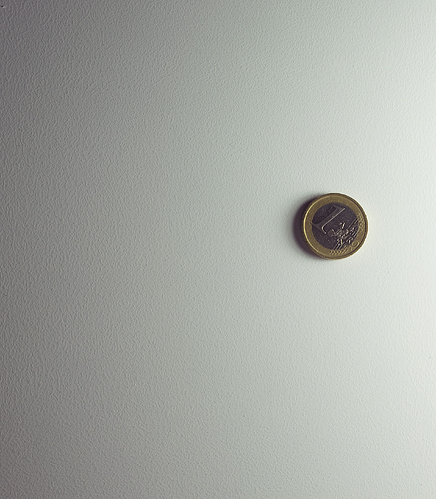Ahhh…1/4". Thanks! Friday I’ll get an orbital.
Today, I use alupanels, degrease and sandpaper, apply 3-4 coats of acrylic gesso with a paintroller and sandpaper again.
Very easy and fast, and no warping.
When dry, I tried to scrape the gesso with my fingernails. Really hard. Nothing comes off. I did the test with the x-acto knife and tape…nothing comes off. I let it soak for two days into the water…nothing comes off.
Getting ready to try this right now. I am glad this resource is here. I ordered all kinds of sandpaper disks and was thinking 400 grit was probably what you used. Whew, glad I read this before sanding. I did use 400 on a board by Trekell that was already gessoed but too rough. A slight sand with the 400 helped and didn’t go through the thin gesso.
I heard somewhere that gessoing the opposite side would prevent the warping, but doesn’t it relate to the type of board also? For instance, wouldn’t masonite warp worse than perhaps a birch? What is your thoughts on gessoing both sides? Will it prevent it even on the 1/8" inch or not.
I remember George O’Hanlon mentioning that it is advisable to “protect” your rigid supports/panels by sealing all sides during his Painting Best Practices lecture. I don’t remember him talking about warping though in this context but I do remember people that were painting on thick primed cold-pressed illustration boards in college were dealing with warping in a similar way. They would paint a large “X” pattern on the back of their panels to diminish the warp. See if you can find any citations/mentions from Natural Pigments, MITRA, etc that might address this.
